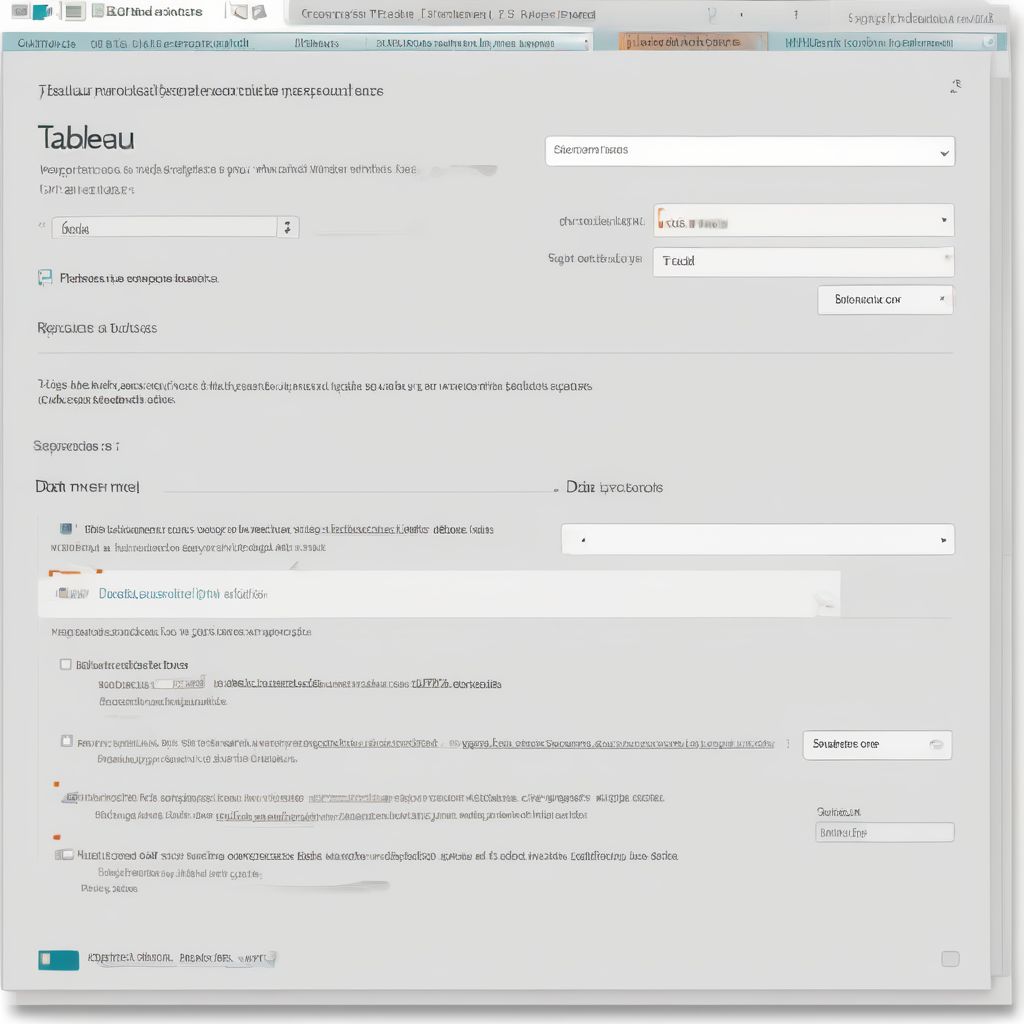Imagine this: you’re all set to train a cutting-edge machine learning model, ready to unlock groundbreaking insights from your data. You’ve chosen the perfect algorithm, fine-tuned its parameters, and… your model performs poorly. The culprit? Often, it’s not the algorithm but the quality of your data. That’s where the often-overlooked process of data.smbtechconsultants.com/data-preparation-for-machine-learning/">Data Preparation For Machine Learning takes center stage.
What is Data Preparation For Machine Learning?
Data preparation, also known as data preprocessing, is the crucial step of cleaning, transforming, and organizing your raw data into a format suitable for machine learning algorithms. Think of it as laying a solid foundation before constructing a building.
Why is Data Preparation Important for Machine Learning?
The adage “garbage in, garbage out” rings especially true in machine learning. The quality of your data directly impacts the performance, accuracy, and reliability of your models. Here’s why:
- Accuracy: Machine learning algorithms learn patterns from data. Noisy, inconsistent, or incomplete data can lead to inaccurate or biased models.
- Efficiency: Well-prepared data allows models to learn faster and more effectively, reducing training time and computational resources.
- Generalization: Proper data preparation helps models generalize better to unseen data, ensuring their real-world applicability.
Key Steps in Data Preparation For Machine Learning:
While the specifics might vary depending on your data and problem, here are the fundamental steps involved:
1. Data Collection and Understanding
- Identify Data Sources: Determine where to gather the data relevant to your machine learning task.
- Data Exploration: Analyze your data to understand its structure, variables, and potential challenges.
2. Data Cleaning
- Handling Missing Values: Decide on the best strategy to address missing data points (e.g., imputation, deletion).
- Dealing with Outliers: Identify and handle extreme values that could skew your model’s learning.
- Removing Duplicates: Ensure your dataset is free from redundant entries that could bias your model.
3. Data Transformation
- Data Scaling: Normalize or standardize numerical features to a common scale, preventing features with larger ranges from dominating the learning process.
- Data Encoding: Transform categorical variables (e.g., colors, categories) into numerical representations that algorithms can understand.
- Feature Engineering: This crucial step involves creating new features from existing ones, potentially uncovering hidden patterns and improving model performance.
4. Data Splitting
- Training, Validation, and Testing: Divide your data into separate sets to train your model, tune its parameters, and evaluate its final performance on unseen data.
FAQs About Data Preparation For Machine Learning:
1. How much time should I spend on data preparation?
There’s no hard and fast rule, but expect to dedicate a significant portion of your project time to data preparation. Some estimates suggest it can occupy up to 80% of the total effort.
2. What are some common data preparation challenges?
Dealing with missing data, handling imbalanced datasets, and selecting the right feature engineering techniques are some of the common hurdles.
3. Are there tools to help with data preparation?
Yes, many tools and libraries exist! Popular choices include Python’s Pandas and Scikit-learn, as well as dedicated data preparation platforms.
Conclusion
Data preparation for machine learning is not just a preliminary step; it’s a fundamental aspect that significantly influences the success of your models. By investing time and effort in cleaning, transforming, and optimizing your data, you lay the groundwork for accurate, reliable, and insightful machine learning applications. Remember, a well-prepared dataset is the cornerstone of any successful machine learning project.



